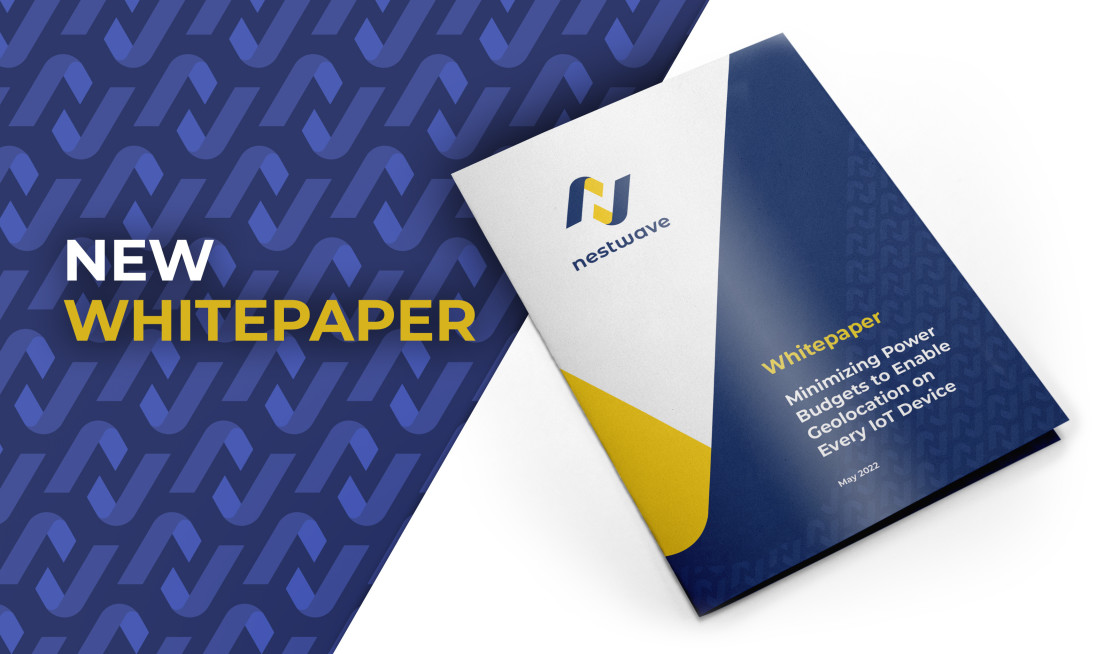New technical paper considers challenges and solutions for delivering positioning within constrained power budgets of IoT nodes
Nestwave, a global leader in low-power geolocation for the IoT, has announced the availability of a whitepaper that looks at the challenges associated with integrating accurate geolocation into compact, battery-powered, low-cost IoT nodes.
Entitled ‘Minimizing Power Budgets to Enable Geolocation on Every IoT Device’, the new technical paper is targeted at engineers and developers looking to add accurate positioning functionality to IoT technologies where power requirements must be kept to an absolute minimum.
Among the topics covered by the whitepaper are why conventional tracking architectures are not suitable for many IoT implementations and the importance of factors such as time-to-first-fix (TTFF), the number of fixes and levels of integration in determining power consumption. The paper introduces new ways of handling positioning signal acquisition, ranging and tracking and proposes solutions that eliminate the need for a separate GNSS IC and that offload energy-intensive computation to the cloud.
Ambroise Popper, Nestwave’s CEO, comments: “Tracking will be an important element in the evolution of the IoT, which means making accurate geolocation viable for every single IoT node is absolutely critical. This paper explains why traditional solutions are too power-hungry, too large and too expensive to meet the energy, form factor and cost constraints of most IoT devices and introduces solutions for addressing the challenge.”
The ‘Minimizing Power Budgets to Enable Geolocation on Every IoT Device’ whitepaper can be downloaded from Nestwave’s website at https://nestwave.com/white-papers/












